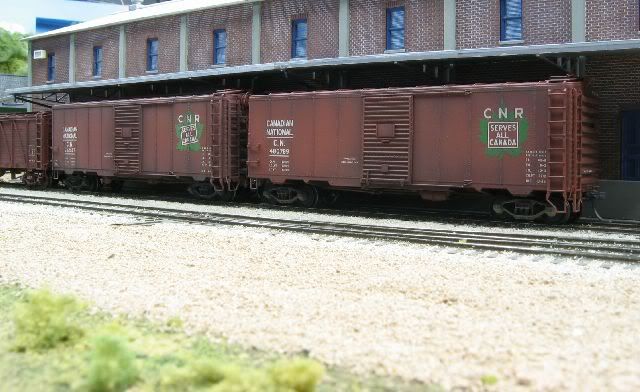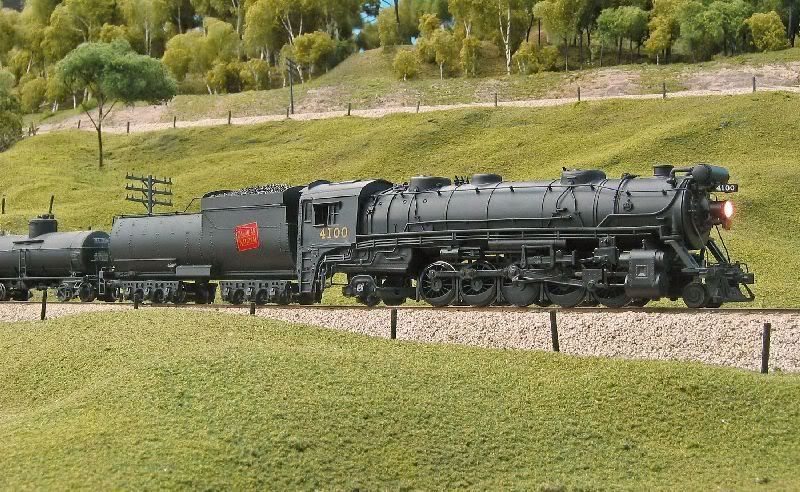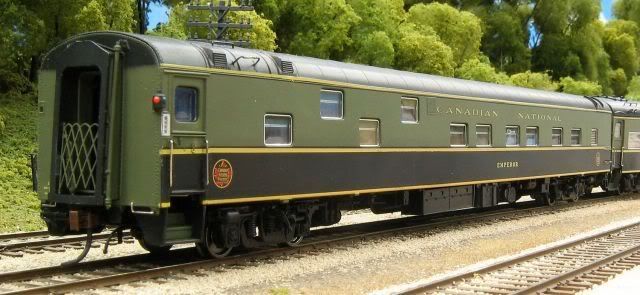Biased turkey said:
I used the search engine , and entered "digital camera tutorial" but didn't came with any valid result.
I have a Canon powershot A 530 ( not reflex ) and took a few pics of my structures and rolling stock, using the automatic mode , the closeup options and the flash.
I would like to take better shots ( if possible ) using the manual setting of the shutter speed and the aperture and choosing the best Iso value too.
I'm quite sure someone on this forum gave detailed info about the subject ( is it DoctorWayne ? ).
Any link ?
Tia
Naw, 'twasn't me.

I just shoot and hope for the best. :thumb: I've used 35mm film cameras for quite some time and got fairly proficient with them, but didn't do a great deal of model train pictures, although I did do some with a home-made pinhole attachment which gave some nice results.The first digital camera that I used belonged to my daughter and was very easy to use. About the only options were the ability to turn off the flash and to open or stop down the aperture, although f-values weren't given. This camera offered very good depth of field and reasonable close-ups. All of my early pictures, until only recently, were done with this camera. I do have a new camera, but am just starting to see what it will or won't do. I got it last April, but only had the pictures put on a cd about a week ago. Because I didn't take notes as to what the settings were for each picture, I don't really know for sure which ones are correct for which situation. I took 601 pictures, of which 126 were not useable (out of focus, too dark, or poor composition). There were another 34 that have some good elements about them, but need work (cropping, retouching, etc.)
This camera has a bunch of settings, but only some allow a complete manual override, which would be my preference. I can select an option for taking pictures under fluorescent light (good - layout is lit with them), choose to allow more light into the camera (not clear whether this is an aperture or shutterspeed function), and select from a very limited range of ISO values.
While I'm no expert, I'll offer a couple of tips or suggestions, which also apply to film cameras. Shut off the flash. If you provide a reasonable amout of light, the camera will adjust itself to make a decent exposure (as opposed to an indecent one


). Use a tripod or set the camera on something solid. About the best I was ever able to do consistently was 1/15th of a second hand-held, not good enough for this kind of photography. Finally, compose the picture before you take it, then recompose it, after you've seen the first picture in the viewer, fixing what you missed when you pressed the shutter the first time.

ops:


Wayne





